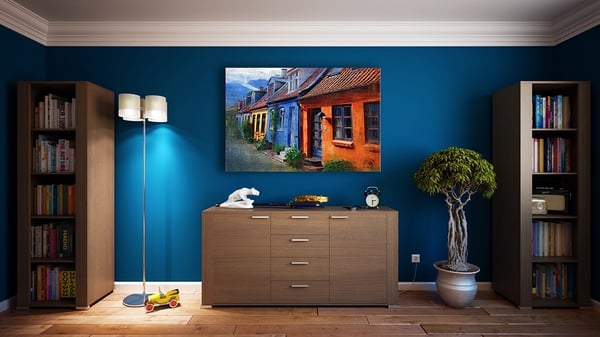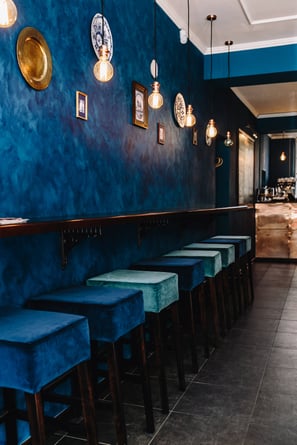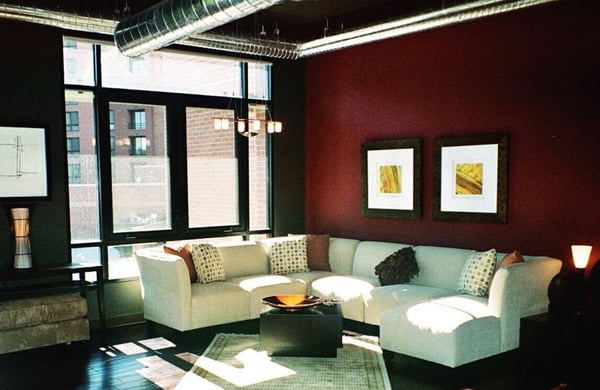“Mere color, unspoiled by meaning, and unallied with definite form, can speak to the soul in a thousand different ways.” ~Oscar Wilde
Have you ever experienced a feeling of calm when entering a blue-colored room? Or felt anxious in an overwhelmingly red space? Do you feel more productive in certain rooms of your house than others? According to certain scientific studies – what color you paint your walls could influence how you feel in that specific room.
Image: Judith Wilson Condominium Interior Design, AZ.
The belief that there is a connection between the color of a room and the moods experienced in it, is not a new one. In ancient Egypt color was even believed to have healing effects. Color is thought to not only effect mood but also influences the temperature of a room as well as one’s perception of its size. Some studies have shown that color can be responsible for enhancing performance or learning. In a study conducted at the University of British Columbia, researchers found that creativity was improved in participants exposed to blue, while those exposed to red during the study, paid more attention to detail.

Colors can affect the body as well as the mind. Warm colors like reds, oranges and yellows evoke emotions of warmth and comfort and occasionally bolder feelings such as anger, agitation and hostility. Red specifically has been shown to be a high-arousal color and could raise the blood pressure, while blue has the opposite effect and calms the mind. Generally, colors on the cooler side of the spectrum which include blue, purple, and green tend to have a more calming effect on a person’s mood. Interestingly, green is considered the color most restful color to the human eye.

So how then can you leverage the effects of color on mood in your home? First, ask yourself: “What mood do I want to create? Which colors will help me achieve that mood? Will these colors be conducive to whatever daily activities will be taking place in the space?”
Light colors, for instance, are expansive and tend to make a room seem bigger and brighter while darker shades exude elegance and warmth making larger rooms seem more intimate. Blue hues may have a calming effect but in a room with little to no natural light it could create a cold, stiff atmosphere. Keep the size and the available natural light in mind and try to balance the cooler colors with complementing warmer accents if need be.
Now that you know the power of color on the psyche you are equipped with the tools to make the best color decisions for your family and for each space in your home. Alternatively, contact us and grant me the opportunity to guide you through a unique and tailored interior designed experience.
*Judith Wilson is an authority on the color in interior design, so much so that various well-respected, higher education establishments have invited her to guest speak on the topic and share her knowledge.
Images courtesy of: www.pexels.com





